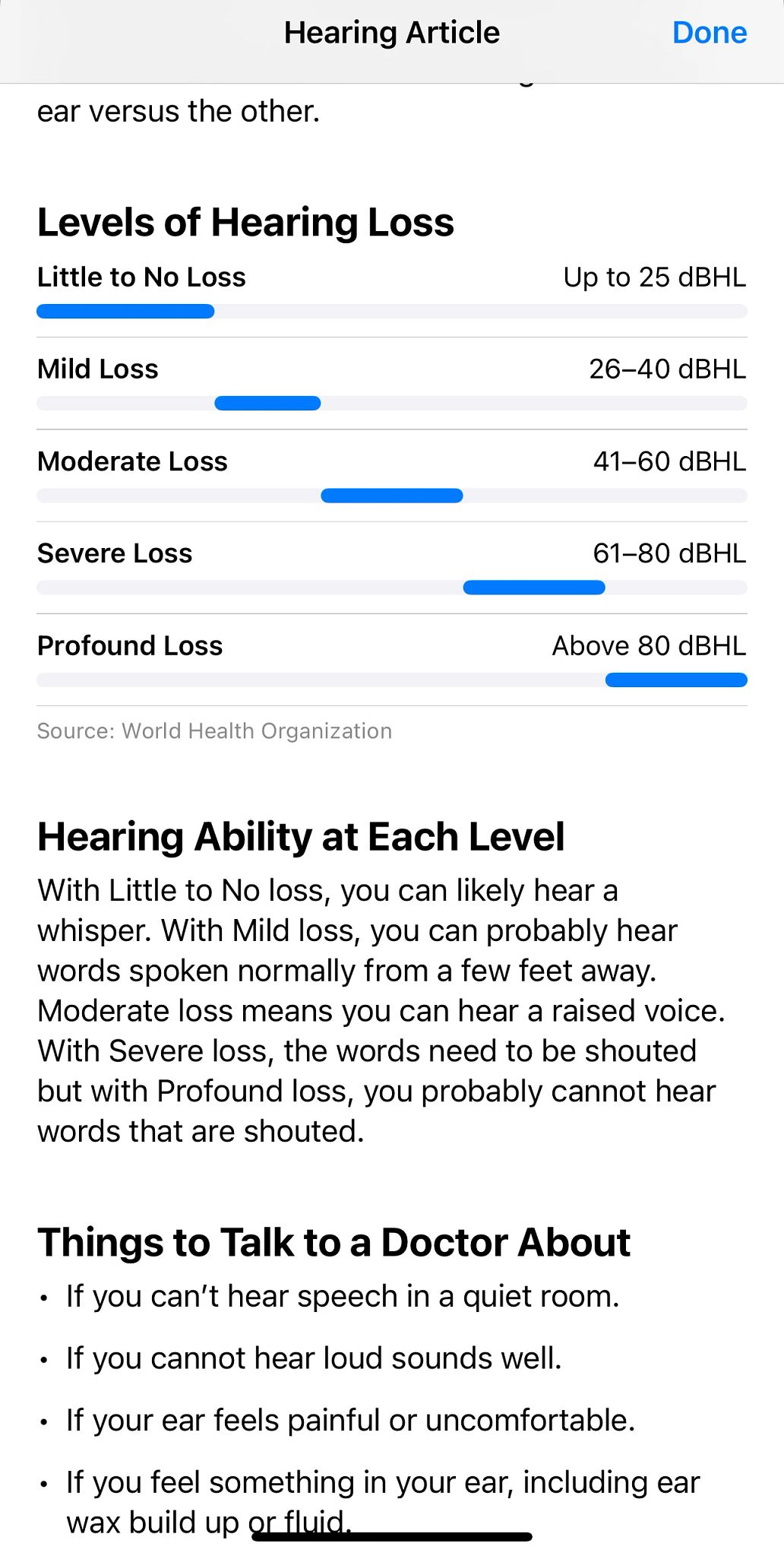AARP Hearing Center


Never mind listening to music or podcasts: I’ve been popping in a pair of AirPods Pro 2s in my ears the past several days for an entirely different purpose — to test them as hearing aids.
In September, the Food and Drug Administration (FDA) approved Apple’s first-of-its-kind software to convert the company’s $249 earbuds into clinical grade over-the-counter (OTC) hearing aids. The FDA greenlighted OTC regulations two years ago to make the devices easier to buy for people with mild to moderate loss and to lower prices overall.
OTC hearing aids don’t require a prescription from an audiologist or hearing professional and can be just as effective as the more expensive models. You can purchase them online or in stores. You’ll still need to seek medical attention for severe hearing loss.


"Over-the-counter" hearing aids can assist people with mild to moderate hearing loss.
Aging is a common cause for hearing loss, which afflicts 1.5 billion people globally, the World Health Organization (WHO) reports. That includes a quarter of people 60 and older, and studies have shown that hearing aids can significantly reduce the risk of dementia. In the United States, about 28.8 million adults — around 1.2 percent of all adults — could benefit from using some type of hearing aids, according to the National Institute on Deafness and Other Communication Disorders.
Numerous brands including Eargo, Jabra Advanced, Lexie, Sennheiser and Sony produce OTC hearing aids at prices that may crack four digits but fall far short of the $6,000 you might pay for a pair of prescription hearing solutions.
Tech support for OTC hearing aids may be scant
The drawback: You’re generally on your own to get the correct fit and product support. You’ll also take a hearing test on your own though myriad tests are available online or through an app.
Before buying any OTC hearing aid, consider a seller’s or manufacturer’s support offered and the return policy. You will need to wear them a while to adjust to them.
Other questions to consider:
- Are the batteries rechargeable or must you periodically replace them?
- Do you want a hearing aid that is mostly inside the ear?
- Do you want a model that can stream music or phone calls via Bluetooth?
That’s why people have purchased AirPods before now. To be sure, even if you use the AirPods Pro 2 to hear better, you can continue to stream music as before.
Preparing for Apple’s hearing test. When the AirPods are paired with an iPhone running iOS software 18.1 or later, you can take a 5-minute hearing test to determine the extent of your hearing loss if any.
If mild or moderate hearing loss is not detected, you won’t be able to turn on the hearing aid function, which will require the software update that becomes available the week of Halloween. To take the test, go to Settings on iPhone and tap Name of AirPods Pro | Take a Hearing Test | Get Started.
You must answer a few questions: Are you older than 18? Are you currently experiencing allergies, a cold or infection in your ears or sinuses? Have you been exposed to a concert, construction site or other loud environments during the previous 24 hours?






























































More From AARP
How to Convince a Partner to Get a Hearing Aid
Advice for encouraging a loved one to get their hearing tested
How to Choose a Pair of Wireless Earbuds or Headphones
Look at more than price to find what you’ll use long term
How to Hear Shows, Movies, Music on Your TV Better
Several tools can help those who struggle with sound
Recommended for You